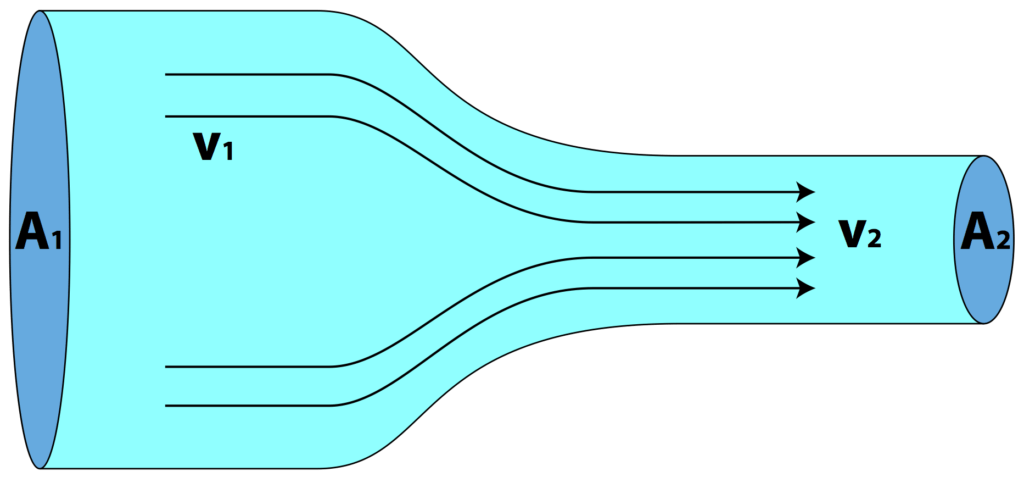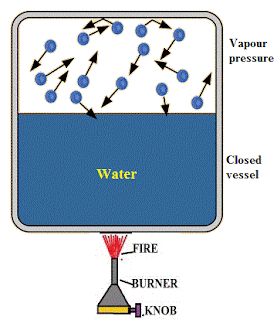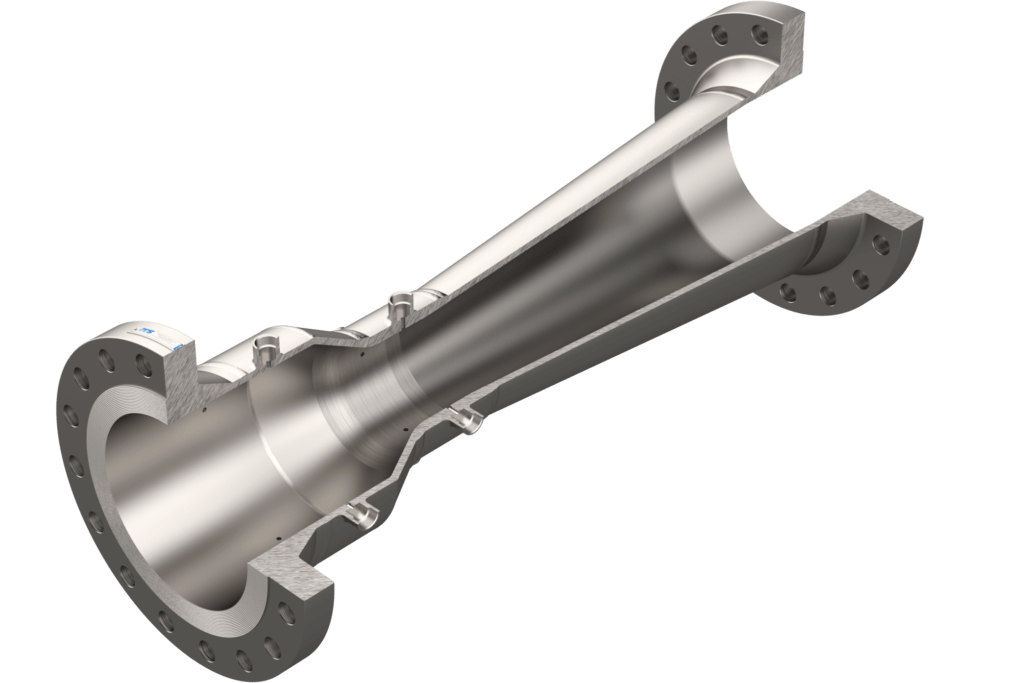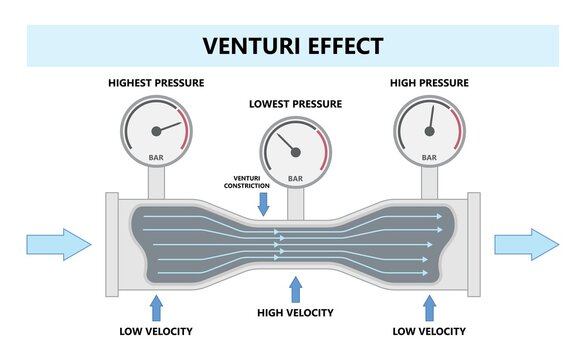What is the Continuity Equation in fluid mechanics?
The continuity Equation is based on principle of ‘conservation of mass’. Continuity Equation describes how a fluid conserves mass and their behaviour while moving in pipe and hose.
Continuity Equation states that, According to the fluid dynamics, the rate at which mass enters a system is equal to the rate at which mass exits a system in any steady state process.

A1V1 = A2V2
Flow always satisfy the Continuity Equation. When to use continuity equation? The continuity equation is valid for all fluids, compressible and incompressible flow, Newtonian and non-Newtonian fluids.
What is Vapour pressure?
When a liquid is placed in a vessel is heated, the molecules of liquid start to vibrating or moving randomly. The energy of molecules rise. They become lighter and start to evaporate. This evaporate form of liquid is called ‘vapor’.

As time spend, the amount of liquid molecules in the vapour phase increases and strikes the walls of the vessel or on the surface of the liquid.
At the same time, the pressure represent by manometer is called ‘Vapour pressure’. which indicate the the pressure generated by the molecules on liquid or wall of vessel.
Characteristics of Vapour Pressure
Temperature is the important factor that affects vapour pressure. The vapour pressure of a liquid is independent of the volume of liquid in the vessel, whether one litre or thirty litres; both samples will have the same vapour pressure at the same temperature. Temperature has an exponential connection with vapour pressure, which means that as the temperature rises, the vapour pressure also rises.
Venturimeter Definition|What is a Venturimeter?
Venturimeters is used to measure fluid flow rate. Venturimeter has a converging section that an increase the velocity of fluid with a corresponding drop in pressure from which the flow rate can be calculated. The pressure reduction of the fluid occurs when a fluid moves through a narrow passage is known as the Venturi effect.

Venturimeter works on the principle of Bernoulli’s Equation. Venturimeter is widely used in the industries like pharmaceutical, water tretment plant, Oil and gas,& chemical industries to measure the flow rates of fluids inside a pipe. The converging area is reduced to create a pressure difference that is measured with a manometer to calculate the fluid flow rate. So, the venturimeter is a one type of differential head flow meter that converts pressure energy into kinetic energy.
Working Principle of a Venturimeter

When a fluid flows through a venturimeter, it accelerates in the convergent section beacuse the convergent section is continuolsy become narrow that increase the velocity and reduce the pressure. After then fluid decelerates in the divergent section because the divergent section is continuolsy become wider in terms of circular cross section. The pressure difference between an upstream section and the throat is measured by a manometer. By using that pressure difference, applying Contininuity Equitation and Bernoulli’s Equation, the volumetric flow rate can be calculated.
Why the divergent cone is longer than the convergent cone in the venturimeter?
As the flow go ahed towards the diverging region, the velocity of fluid is gradually decrease and pressure gradually incrase. We all know that flow always flow to high pressure to low pressure (favaroble pressure gradiant, dp/dx < 0). Now, As the flow go ahed towards the diverging region, the fluid velocity decrease gradually. Once time come when fluid velocity will be zero. At that time, the fluid has no momentum anymore to flow itself. Additionally, there will be a high pressure.
Due to that the fluid will cause back flow. Their is a negative pressure gradient i.e, in simple terms, fluid is trying to flow from low pressure region to high pressure region that is adverse pressure gradiant (dp/dx > 0). In this adverse pressure gradient, there is boundary layer separation and energy loss occurs.
So mathematically, we need to try pressure gradiant less than zero (favaroble pressure gradiant, dp/dx < 0). It is possible if we increse the ‘x’ that is length of diverging section.
If divergent section is long then there will ensure proper development of flow due to which the adverse pressure gradient is less so less chance of boundary separation and energy loss.